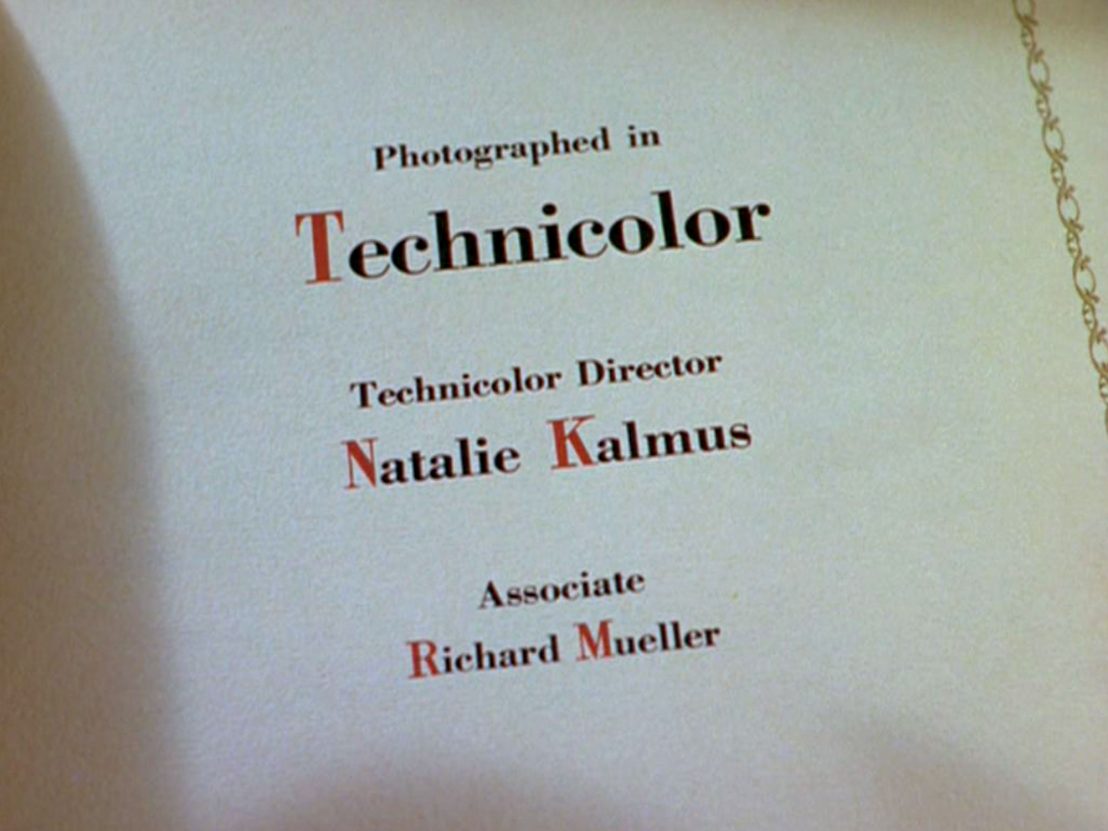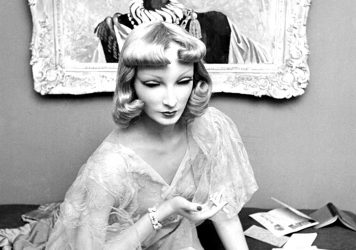
There are few scenes in the history of film more iconic than the moment in The Wizard of Oz when Dorothy opens the sepia-toned door to reveal the vibrant, multi-coloured wonderland of Oz. The science-fiction writer Arthur C Clarke once wrote that “any sufficiently advanced technology is indistinguishable from magic,” and in this instance Technicolor delivered both the technology and the magic.
There were actually two wizards behind this particular curtain: Herbert Kalmus, who co-founded the company and patented the three-strip process in 1915, and his wife Natalie, who was credited as colour consultant on every Technicolor film between 1934 and 1949. He brought the techni-, she brought the -colour, and together they formed a de facto monopoly for over 20 years.
It was the perfect business model: Technicolor would rent out cameras, equipment and personnel to studios, then oversee the manufacturing of all prints, none of which were available on the open market. Yet what made the company so powerful – and so unusual – was the creative and commercial control it wielded.
Technicolor’s technology was actually rather expensive and cumbersome. Its unique selling point was its Advisory Service, where consultants would create colour charts for the entire production, matching hues to the dominant mood or emotion for every scene, sequence, set and character.
It was easy to persuade filmmakers to take on the Advisory Service because early Technicolor films had been panned for their lurid, distracting overuse of colour. Writing in American Cinematographer magazine, Karl Hale complained that in Becky Sharp “your eye is constantly pulled away from the people and to the flowers,” while The New York Times described how “even the most delightful of colours will display the most detestable tendencies given the opportunity.”
In her 1935 essay ‘Colour Consciousness’, Natalie Kalmus laid out her manifesto which would form the ideological basis for every Technicolor film design for the next two decades. She advised against the “flagrant mistakes” of the “unnatural super-abundance of colour”, instead calling for the “judicious use of neutrals” and greater “precision” so that colours could “comprise a pleasing harmony.”
In many respects, Kalmus is the Hollywood heroine that history forgot. At a time when women in the film industry were either starlets or secretaries, here was a powerful woman with unprecedented influence over the aesthetic of major Hollywood productions. She was also taking home an annual salary of $65,000 ($1.2 million in today’s money).
Her personality was infamously as colourful and controversial as the company she represented, and this caused considerable friction with her male colleagues. Director Allan Dwan called her a “bitch”, while producer David O Selznick threatened to have her removed from the set of Gone With the Wind. Screenwriter Arthur Laurents once joked that “she might have to be killed off camera”, and director Vincente Minnelli grumbled that he “couldn’t do anything right in Mrs Kalmus’ eyes.”
There is a lot of debate over whether Technicolor thrived because of Natalie Kalmus or in spite of her. It was easy for people to dismiss her position as the result of nepotism: Photoplay Magazine described her as simply the “pretty, titian-haired wife” of a “brilliant scientist.” There was also a definite sense of overstepping boundaries: O Selznick wrote in a memo that someone “needs to hammer into this organisation that these experts are for guiding us technically on the [film] stock and not for dominating the creative side of our pictures.”
Her impact as an individual is undeniable; whether she was a help or a hindrance is ultimately irrelevant. What is important is how Technicolor changed the interplay between progress and process. When the colour consultants decided to make Dorothy’s slippers ruby rather than silver so that they would contrast more with the yellow brick road, the technology was not serving the film; the film was serving the technology.
Technicolor was both the cause and the effect. It was responsible for the hyper-saturated look we associate with a whole era of cinema, from the vermillion hues of An American in Paris to the deep purples of Meet Me in St Louis. It was also the driver of many artistic decisions – on the set of The Adventures of Robin Hood designers sprayed real trees with green paint to make them even more resplendent, while 800-foot candles were needed to provide enough light on the set of Black Narcissus to make sure the colours stood out on the widest lens aperture setting.
The influence of Technicolor, and this interplay between artistry and practicality, raises many questions. Is technology ever just a passive tool or is it an active instrument, which moulds and makes pictures in its own image? Should filmmakers prioritise flaunting new technologies or should artistic and aesthetic integrity come first?
From autonomous drones to algorithmic video editing, technology will continue to impact not only the ways in which we make films, but the way we conceptualise film altogether. Next year James Dean will be resurrected and ‘cast’ as a star in the Vietnam war movie Finding Jack using the latest technology in full body CGI. Is this shrewd marketing or a crude gimmick?
Technicolor’s colour consultancy helped to find a compromise between chromophobia and colour mania, and in doing so Herbert and Natalie Kalmus ruled at the intersection between invention, imagination and investment. There is so much we can learn from them about technology and art, not least that the former can and perhaps should always serve the latter.
Published 15 Nov 2020

By Emma Fraser
For a brief period during the 1930s, this unlikely idol became part of Hollywood’s glamorous elite.

Did a member of the supporting cast really commit suicide on the set of MGM’s classic musical?

Seventy years ago, a long-neglected real estate ad was rebuilt and an iconic cultural landmark was born.